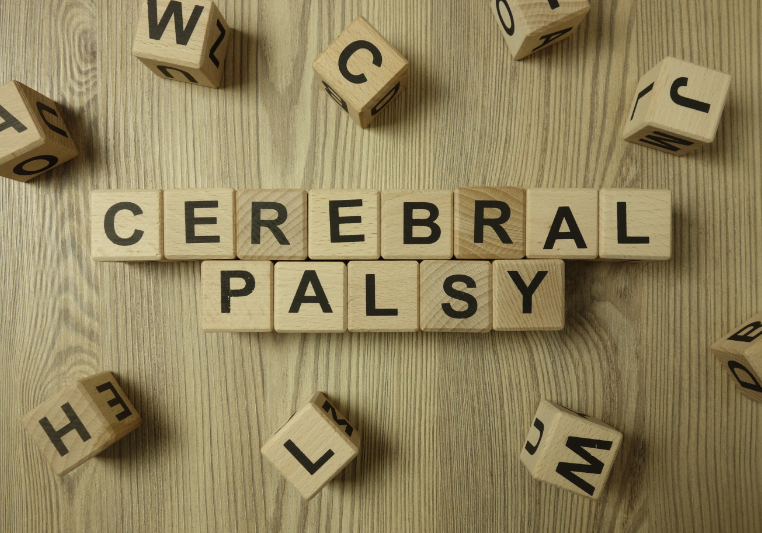
When Is a Child’s Cerebral Palsy Due to a Preventable Birth Injury?
Cerebral palsy is the most common motor disability among all children. This nervous system disease can drastically affect a child’s life well into adulthood.
Determining the root cause of this disorder can be challenging because cerebral palsy has a variety of potential causes. Doctors may even come to different conclusions about why a particular child developed the condition. However, medical experts have conclusively determined that medical mistakes during labor and delivery cause some cases of cerebral palsy.
What Are the Risk Factors for Cerebral Palsy?
There is often confusion between the terms “risk factor” and “cause.” A risk factor is a trait that makes a child more likely to develop cerebral palsy. However, having one or more risk factors does not necessarily mean a child will develop cerebral palsy. Common risk factors include:
- Complicated births.
- Infections during pregnancy.
- Jaundice.
- Low birth weight.
- Multiple births (twins, triplets, etc.).
- Premature birth.
- Use of fertility treatment before pregnancy.
Each of these factors puts a child at a slightly higher risk of developing cerebral palsy. However, increased risk only sets the stage for the disorder. Cerebral palsy has several different causes.
What Are the Causes of Cerebral Palsy?
In very rare cases, cerebral palsy is hereditary — that is, it is triggered by something in the baby’s genes without another contributing cause. A few other cases occur when a child suffers a severe infection shortly after birth.
However, the general medical consensus is that most cerebral palsy diagnoses result from problems occurring during the pregnancy, labor, and delivery processes. Each of the following situations can cause cerebral palsy.
Physical Injuries During Delivery
Difficult deliveries, like those involving high-weight infants, multiples, or babies not in the correct birthing position, often require doctors to use specialized instruments to help extricate the baby safely. However, using these tools negligently or carelessly can cause an infant to suffer severe head trauma, which may contribute to developing cerebral palsy.
Reduced Blood Flow
An unborn baby receives all its nutrition and oxygen through its mother’s umbilical cord. During the labor and delivery process, the baby receives nutrients through the umbilical cord until it is completely free of the birth canal (after which the medical team “cuts the cord”). Until delivery is complete, steady blood flow is crucial for a healthy child. If it is interrupted, the chances of developing cerebral palsy increase.
Lack of Oxygen
Hypoxia, or lack of oxygen, can cause many birth injuries, including cerebral palsy. Although short periods of hypoxia don’t usually lead to long-term health complications, prolonged oxygen deprivation can cause a baby to develop cerebral palsy.
Negligent or Inadequate Prenatal Care
The quality of medical care provided to a pregnant mother directly affects how healthy her baby will be. When doctors consistently monitor a mother throughout her pregnancy, they are more likely to observe any concerning issues as they develop.
Generally, the earlier doctors detect a potential problem, the greater the chance they can intervene to prevent serious injury. A doctor’s failure to notice the early signs of a problem during pregnancy can increase its severity and limit the treatment options available after birth.
Contact an Experienced Birth Injury Attorney
If you suspect your child was born with preventable cerebral palsy, you may be eligible for financial compensation through a medical malpractice lawsuit. However, these cases are extremely complex, and those parents considering a claim should reach out to a dedicated birth injury lawyer for immediate assistance.
Most birth injury lawyers offer parents a free consultation to discuss their cases and answer their questions. It is also common for birth injury attorneys to accept cases on a contingency basis, meaning families pay nothing upfront and only pay for an attorney’s legal fees if they can collect damages from the negligent medical provider.
Robert B. Sickels
For more than 30 years, Robert Sickels has successfully represented plaintiffs involved in complex personal injury, medical negligence, and products liability matters.





